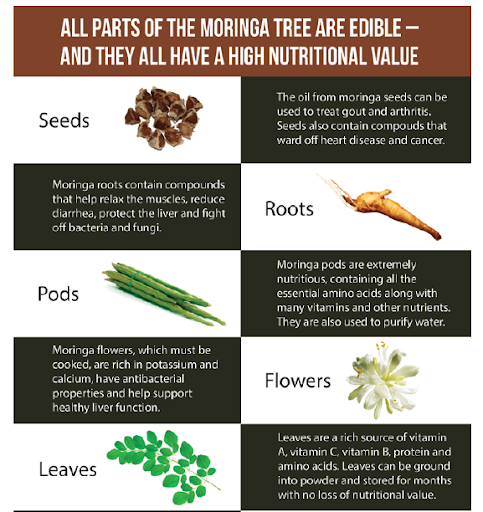Rural Livelihood in Mali and Burkina Faso
Farmers around the world are confronting new and unpredictable weather patterns, as well as droughts and floods that can wipe out crops and income. Changes in climate trends are already affecting livelihoods and food security in the Sahel and West Africa and could potentially have profound implications for food security and regional stability. In the Sahel, 80% of the population depends on natural resources for their livelihood. Therefore, these resources play a major role in the preservation of peace and social security.
Rain-fed agriculture is the dominant method used by both farmers and herders at the subsistence level, with few mechanical inputs to enhance production, and low monetary income. However, rain-fed agriculture can only be practiced in the region up to the 350 mm rain belt, which varies between 14 and 17 degrees latitude, from east to west. North of this fluctuating line, farming gives way to pastoralism as the main livelihood.

In many parts of West Africa traditional farming and pastoralist livelihoods are becoming less viable. To adapt to changing conditions, it is important to not just reduce the sensitivity of these risks through the adoption of climate smart technologies and practices, but also to encourage the creation of new livelihood options that will be less impacted by climate change, including value-added enterprises, off-farm and non-farm employment

Climate resilience, diversifying farm income, and building thriving economies:
Technical training and information improves resilience in the face of rapidly changing climate conditions. Implementing methods such as using adapted varieties, intercropping, crop rotation and multipurpose trees can lead to increased yields. Farming is inherently risky throughout the world and Malian and Burkina Faso farmers have more than their share of shocks.
Diversification reduces the financial risks posed by crop failure or market fluctuations. The integration of horticulture, agroforestry and livestock will lessen risks of any one sector failing in a given year. Planting legume trees reduces heat stress, lessens erosion also limits erosion while providing a supplemental feed source for small ruminants to help prevent overgrazing.
There are opportunities to diversify into higher-value, nutrient-rich products, including livestock, dairy, tree products (e.g., forages, cashews and moringa), specialty produce, and into compatible agricultural small business enterprises. Increasing the production of the most profitable farm enterprise while maintaining a diverse operation will reduce risk to climate and economic shocks. since if one option fails another is likely to succeed.

Moringa oleifera tree seeds that offers countless benefits to humans, animals and the environment. The drought resistant tree grows readily from seeds or cuttings in marginal soil and with very little water.
Increasing productivity and income:
Farmers can increase their productivity—and therefore their incomes—by adopting sustainable agriculture methods, diversifying their production, and improving farm management. It is the most effective way to lift rural families out of poverty. Methods include integrating climate-smart technologies, horticulture, agroforestry, livestock, and postharvest value addition along with providing the technical support to leverage these opportunities.
Volunteers provide training technical assistance and best practices and to remote village cooperatives, low-resource families and youth to help improve quality of life.



